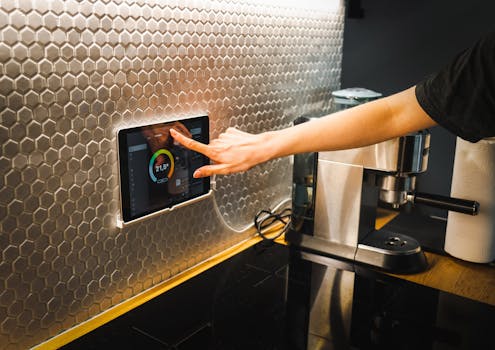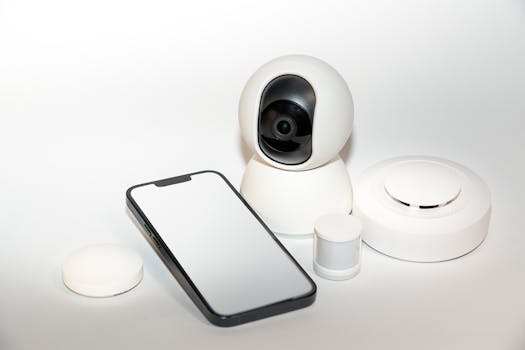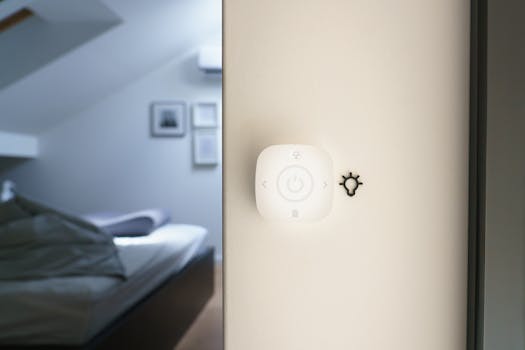Home Automation in 2025: The Smart Home Ecosystem
Home Automation in 2025 is revolutionizing the way we live, work, and interact with our surroundings. At the beginning of Home Automation in 2025, it’s essential to understand the concept of a smart home ecosystem. A smart home ecosystem refers to the network of devices, sensors, and systems that work together to create a seamless and automated living experience. With the advancement of technology, smart homes are no longer a luxury but a necessity for many homeowners.
What is Home Automation?

Home automation, also known as domotics, refers to the automatic control of electronic devices in a home. These devices can include lighting, temperature, security, and entertainment systems. Home automation systems can be controlled remotely using a smartphone app, voice commands, or a physical control panel. The primary goal of home automation is to provide convenience, comfort, and energy efficiency.
Benefits of Home Automation

The benefits of home automation are numerous. Some of the most significant advantages include:
- Convenience: Home automation systems can be controlled remotely, allowing homeowners to manage their devices from anywhere in the world.
- Energy Efficiency: Smart home devices can learn a homeowner’s schedule and preferences, adjusting energy consumption accordingly.
- Security: Home automation systems can integrate with security cameras, door locks, and alarm systems to provide an additional layer of protection.
- Comfort: Smart home devices can adjust temperature, lighting, and entertainment systems to create a comfortable living environment.
Smart Devices and Gadgets

The smart home ecosystem is composed of various devices and gadgets that work together to create a seamless and automated living experience. Some of the most popular smart devices and gadgets include:
- Smart Speakers: Devices like Amazon Echo and Google Home can control smart home devices using voice commands.
- Smart Thermostats: Devices like Nest and Ecobee can learn a homeowner’s schedule and preferences to optimize temperature control.
- Smart Lighting: Devices like Philips Hue and LIFX can adjust lighting levels and color to create a comfortable living environment.
- Smart Security Cameras: Devices like Ring and Nest Cam can monitor a home’s surroundings and alert homeowners to potential security threats.
Future of Home Automation

The future of home automation is promising, with new technologies and innovations emerging every day. Some of the trends that are expected to shape the future of home automation include:
- Artificial Intelligence: AI-powered smart home devices can learn a homeowner’s preferences and adjust settings accordingly.
- Internet of Things (IoT): The IoT will play a significant role in home automation, with more devices becoming connected and interoperable.
- 5G Network: The 5G network will enable faster data transfer and lower latency, making smart home devices more responsive and efficient.
Conclusion

In conclusion, home automation in 2025 is a rapidly evolving field that is revolutionizing the way we live and interact with our surroundings. With the advancement of technology, smart homes are becoming more affordable and accessible to homeowners. As the smart home ecosystem continues to grow and evolve, we can expect to see new innovations and trends emerge. Whether you’re a homeowner, builder, or technology enthusiast, it’s essential to stay informed about the latest developments in home automation.

